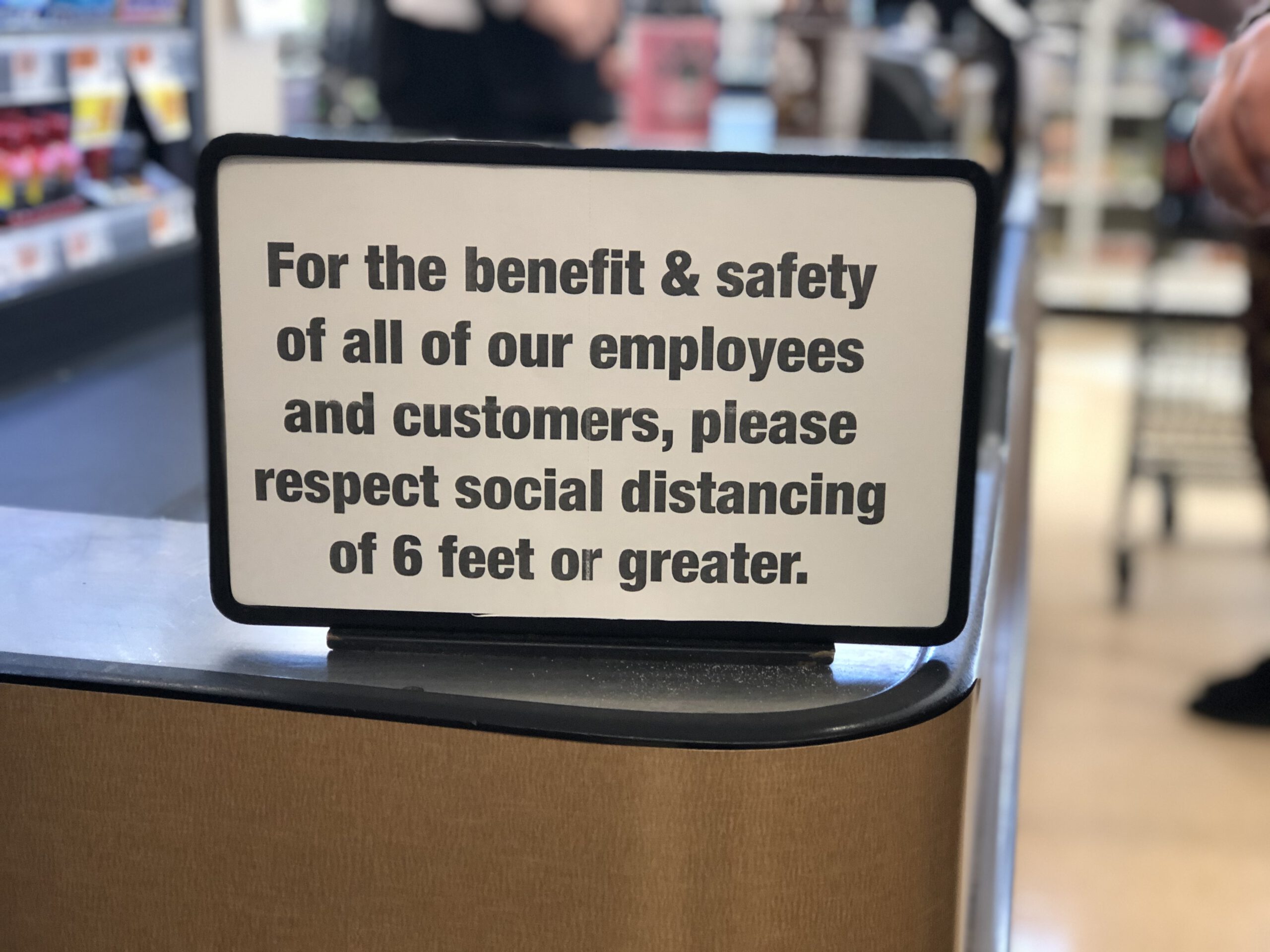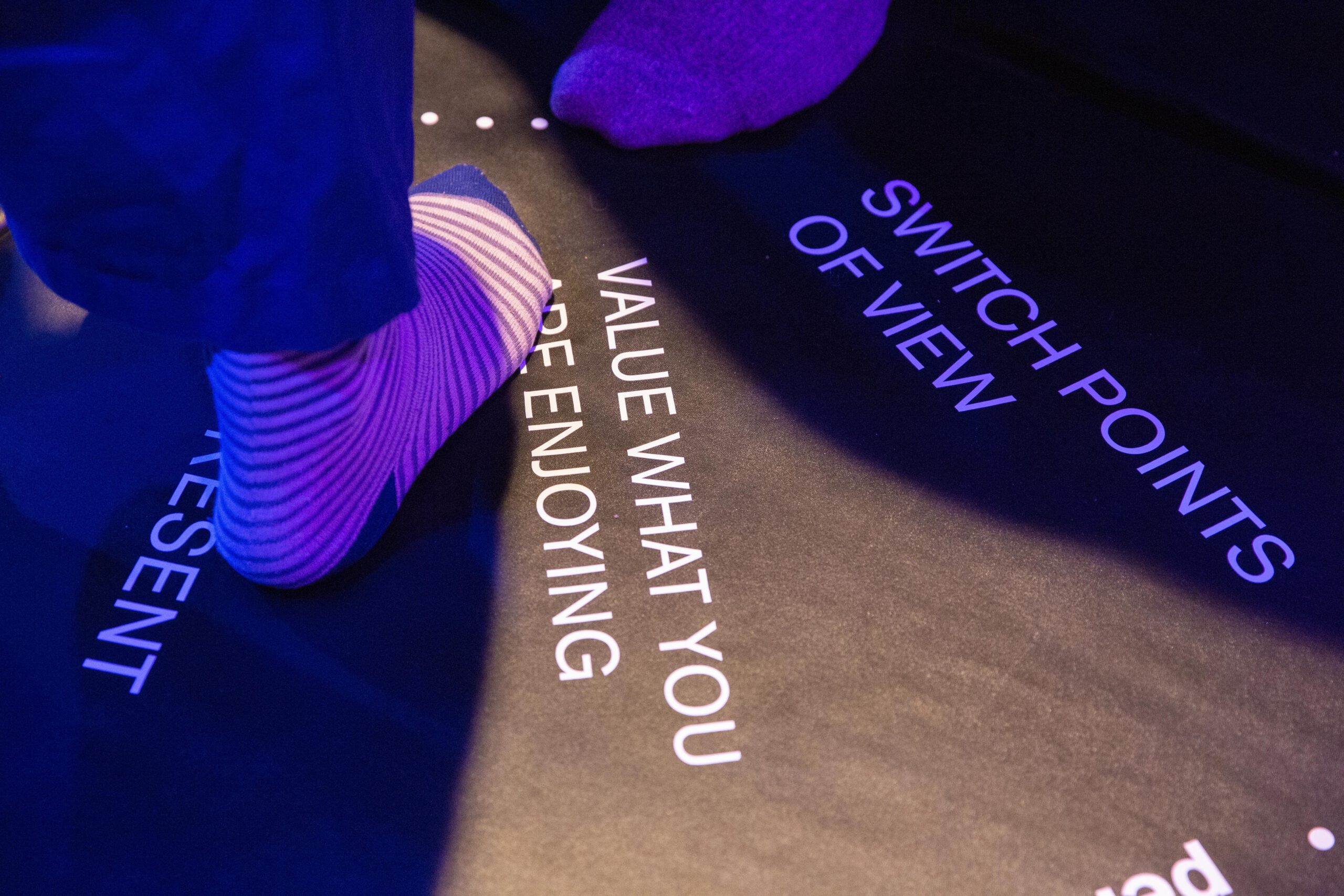
Short description:
Practicing Distance is a multi-part guide for preparing for our futures together post-quarantine. In each part, artist Jeff Kasper offers a series of short practices* in blog-format, beginning with an introduction on four proxemic distances—intimate, personal, social, public—then facilitating guided creative exercises to engage with solo or with a partner in imagined physical proximity during the time of the pandemic and beyond.
Content Warning:
Is this for me?
Maybe or maybe not. The content of these exercises may not be for you at this time. The practices offered are not created from a clinical perspective or that of a therapist or counselor, and instead have been developed by artists for peer-support, community building and educational purposes. Some require comfortable participation in intimate conversations, guided reflection, and consent-driven closeness with another human. As mindfulness activities can be deeply challenging for many folks navigating the potential of dysregulation, please note that these activities are based in guided––rather than unguided––methods grounded in trauma sensitivity. Opt out of any interactive or contemplative material that feels unfit for you, at any time. Come and go as you please. You are the expert of your own bodymind.
An introduction to Practicing Distance: Measuring the distance between us
This series uses the field of proxemics, the study of the human use of space within the context of culture, to organize conceptual exercises along specific imagined physical distances [1]. As the term “social distancing” has gained popular currency in the United States and beyond during the recent proliferation of the Novel Coronavirus (COVID-19), each part of this series will give attention to the distances which have been effectively suspended in everyday life. Staying away from each other has become crucial to slowing the spread of COVID-19. Public health and medical officials have instructed the public to practice social distancing, stay home, avoid crowded areas, and refrain from touching one another [2]. During this time of “social distancing,” what many of us really need and want most is a connection with others. Each article will consider care, conflict, and accountability as renewed rituals of interdependence to soften isolation.

As the pandemic grew into a daily reality, I remained quite unfazed by the experience of isolation and violence so many, including myself, now have to endure. It was not that this did not also upend my world and move me into a freefall of fear and unknown in all vectors of life. It equally had nothing to do with the reality that I am a part of those seemingly sacrificial “risk groups” with existing conditions that would likely be unable to fend off the virus and likely not chosen to be treated in crises [3]. Instead, it had all to do with what I felt in my body. The risk that this could bring up the specter of interpersonal abuse that being shuttered in would unveil. I was, and I still am terrified by these facts. The matter remains, frankly, I had been here before.
Consistently navigating intimacy while living through legacies of trauma and anxiety, medicalization and medication of my body, and systemic oppression by heteronormativity, race, and chronic conditions led me to seek more information about the underlying social mechanics of personal space that seemed to consistently inform my interpersonal barriers. So, while the signage throughout the pseudo-public places, markets, and civic spaces of my current hometown were novel, I already had the language of social distance scored into my body. [See photos above of social distance signs in a grocery store, taken by me in western Massachusetts].
As the pandemic persists, capitalism predictably proceeds to fail us. Underscoring the failure is the emphasis put on individualistic responses. Sick and disabled folks know this all too well. Sins Invalid, a Bay-Area disability justice-based performance project led by queer disabled artists of color, could not have articulated the sentiment better,
“In some ways, it isn’t so different from how many of us live our lives every day as crips, with long stretches of time at home, limited access to community or touch or social engagement, engaging in mutual aid, sharing meds & home remedies. Many of us who are immunocompromised/suppressed or chemically injured have had to think about how many people we will encounter on any given day, what that will expose us to, and how it could impact our health. It’s an irony that the whole world is talking about and problem solving with us now. It’s painful that able bodied/minded people evidence their ableist privilege with frustration that air travel is inaccessible, that their schedules are impacted by others’ schedules, that they can’t do their normal social routines… Welcome to our world!” [4]
While “social distancing” is our strongest tool to help flatten the curve—outside of widespread testing and contact tracing, which have yet to materialize in many locales—it will only be effective if we value each other and practice social solidarity and mutual care. The pandemic clearly demonstrates that only by deeply supporting each other and taking action will we actually be able to lessen the amount of death and despair, not to mention the unilateral blow to mental and emotional health. Unless everyone works together, the virus will continue to spread.
—

Proxemics is the study of what brings us together and keeps us apart, literally and figuratively. For me, the insights of proxemics have long become creative tools for survival.They became the structural basis for social scripts I used in ongoing recovery and community building. The activities in the following parts are part of this ongoing creative work.
The term proxemics was coined by researcher Edward Hall in 1963. Proxemics has to do with the study of human use of space and how various differences in that use can make us feel more relaxed or anxious. Hall argues that human perceptions of space, although derived from sensory apparatuses that all humans share, are molded and patterned by culture. Hall’s concern was that closer distances between two or more persons may increase visual, tactile, auditory, or olfactory stimulation to the point that some may feel unsafe or uncomfortable and react negatively. Today we are worried that physical closeness will expose us to the virus [5]. These tools became ever present in our lives throughout the late 20th century in fields such as architecture, environmental psychology, and building sciences, and now they are evermore relevant to the field of public health during the time of COVID-19 [6].
Let me briefly outline the four areas of proxemics known as the “personal territories”–public, social, personal, and intimate–that we intuitively respect and use. Hall’s most famous innovation has to do with the definition of the informal, or personal spaces that surround individuals:
Intimate space—the closest “bubble” of space surrounding a person. Entry into this space is acceptable only for a person’s lovers, closest friends, and family members.
Personal space—the region surrounding a person which they regard as psychologically theirs.
Social space—the spaces in which people feel comfortable conducting routine social interactions with acquaintances as well as strangers.
Public space—the area of space beyond which people will perceive interactions as impersonal and relatively anonymous [7].
The practices* that I will offer in this series reflect the distances—intimate, personal, and social. In the final part, I will be in conversation with Jordan Lord, an artist, writer, and dear friend, who is also the Center for Humanities’ Distributaries editor. We will in effect enact the fourth distance—public—in a lively distance dialogue that digs into a few topics that these practices begin to address.
Though the state and federal guidelines for the pandemic relegate us to home life, this moment of solidarity does not close out imagining what it still means to be together.
*Vocabulary: What is a practice?
A “practice” is the actual application or use of an idea, belief, or method, as opposed to theories relating to it [8]. It is an act of rehearsing a behavior over and over again, for the purpose of improvement or mastery. For me a “practice” is a learning method that is linked to cultivating social, nonviolent, and secular spiritual development.
–Jeff Kasper
[1] Personal territories, however, can vary both culturally, geographically and ethnically. You can imagine how these distances would change depending where we are and who we are interacting with.
[2] See the CDC’s protocol for social distancing, quarantine, and isolation as a method for slowing the spread of COVID-19.
[3] Ari Ne’eman, “I will Not Apologize for My Needs,” The New York Times, March 23, 2020, Accessed: April 18, 2020 https://www.google.com/amp/s/w…
[4] Sins Invalid. Social Distancing and Crip Survival: A Disability Centered Response to COVID-19. March 19, 2020. Retrieved from https://www.sinsinvalid.org/ne…
[5] Hall, Edward T. 1966. The hidden dimension. Garden City, N.Y.: Doubleday.
[6] George Szasz, CM, MD, “Social Distancing: Its Origins and Effects,” British Columbia Medical Journal, April 9, 2020, Accessed: April 18, 2020 https://www.bcmj.org/blog/social-distancing-origins-and-effects
[7] Brown, N. 2001. Edward T. Hall, Proxemic Theory, 1966. CSISS Classics. UC Santa Barbara: Center for Spatially Integrated Social Science. Retrieved from https://escholarship.org/uc/it…
[8] Google Dictionary definition.